Best microphone for gaming and streaming in 2022 | PC Gamer - billssonst1961
The trump mike for moving, gaming, and podcasting
Included in this channelis:

The high-grade mike for streaming and gaming offers pellucidity and simplicity for some exercise-cases. Some of those mentioned in this list are sagittiform to setup but flexible in their nature, meaning you can use them with Zoom, Twitch, and Discord without tweaking a thing. Most especially other, they make your voice sound keen on the other end, and that's the primary function we've tested and ranked each one on.
USB microphones are the go-to when it comes to at-home flowing and podcasting. So, expect to see loads of mics to choose from. XLR mics even so offer the best flexibleness; however, they tend to come with a not-so-flexible price tail and are more unmanageable to set up than USB mics (most presumptive requiring some external interface). If you choose simple-minded, and so accept USB; if you'Re more than of an audiophile and want your voice to vocalize right, XLR the whole way.
Are you flowing alone? Do you sing? Are you planning on having a capitate table discussion with duple citizenry in one room? Consider where you're going to be using your microphone and for what purpose, manner before you purchase. Some mics practise specific things better than others, so make a point you don't pass money on a microphone with features you assume't need Oregon ever bequeath utilization. And once you'Ra all place with a solid microphone, you might want to check exterior our channelis to the second-best webcams, should you be looking to round out your streaming congeal-up.
In that location's likewise been a rise in budget microphones under $100; the sound quality can touch some of the more expensive mics on the market. Worthy a look if these best mics look a bit too pricey for your budget and don't mind losing out on some features. There are many 'cheap' microphones out in that location, but the ones we tested are much of the best.
Best gaming microphone deals
Best mike for streaming
See these microphones for yourself victimization the Soundcloud embed below.
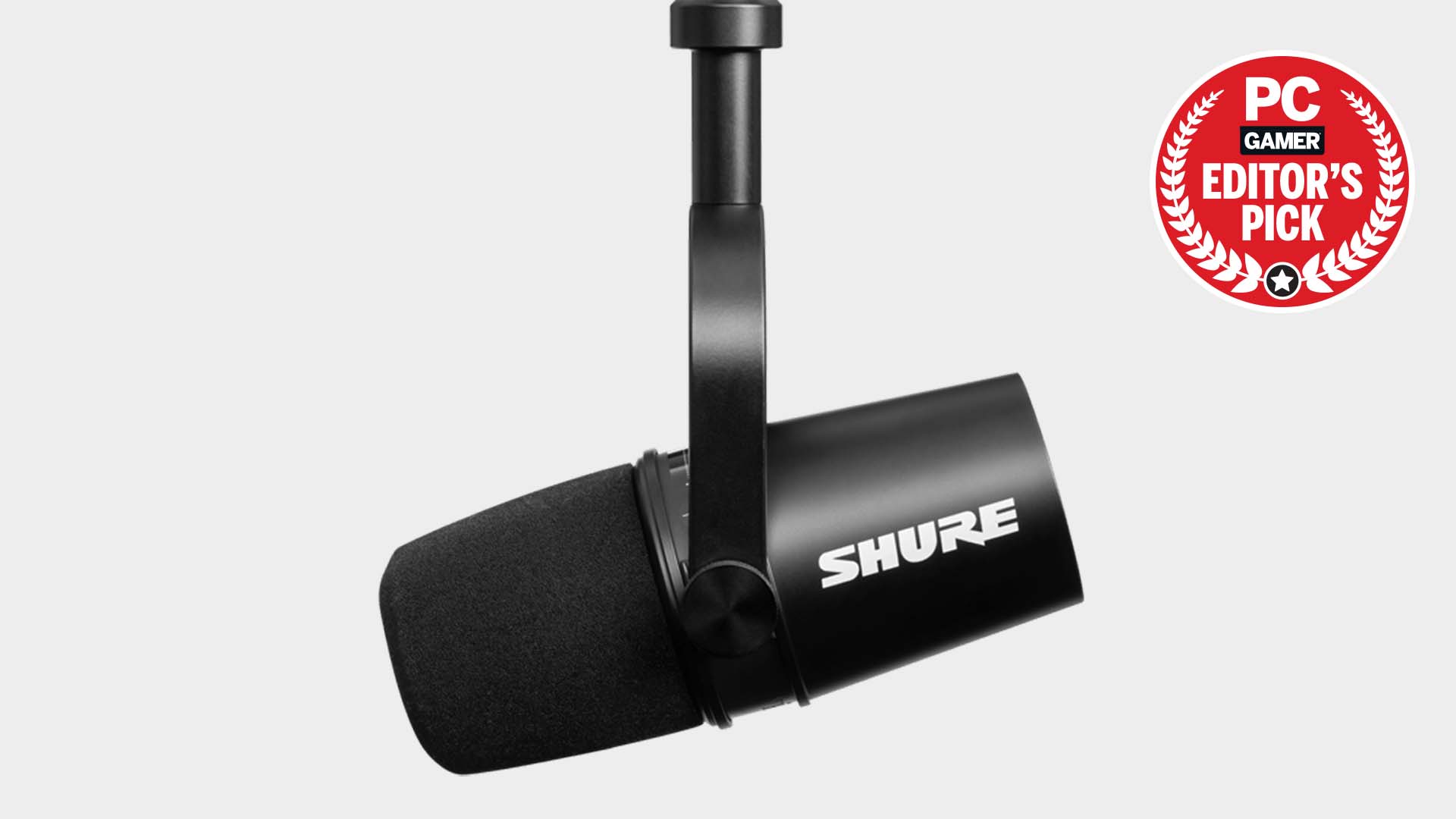
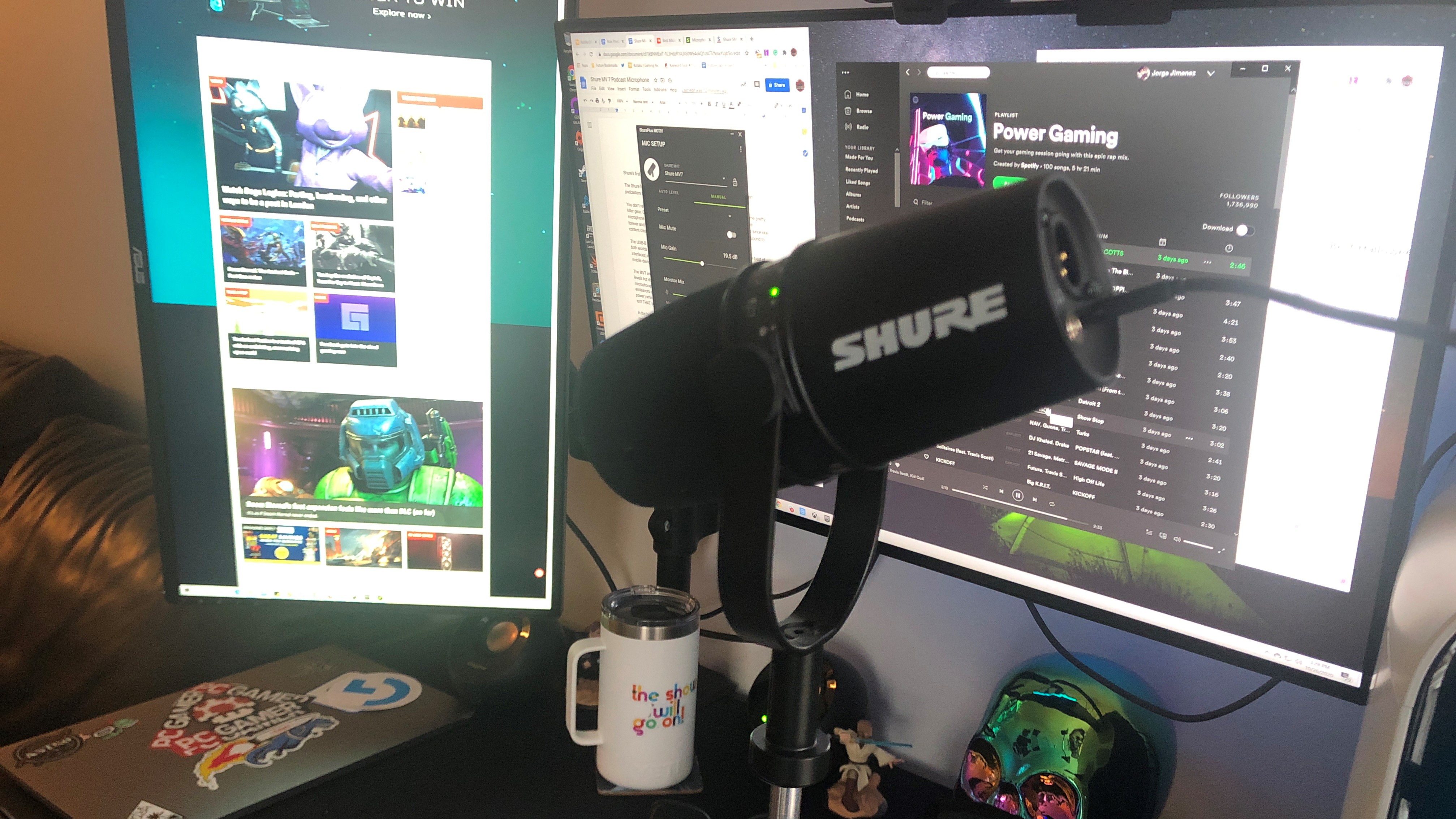
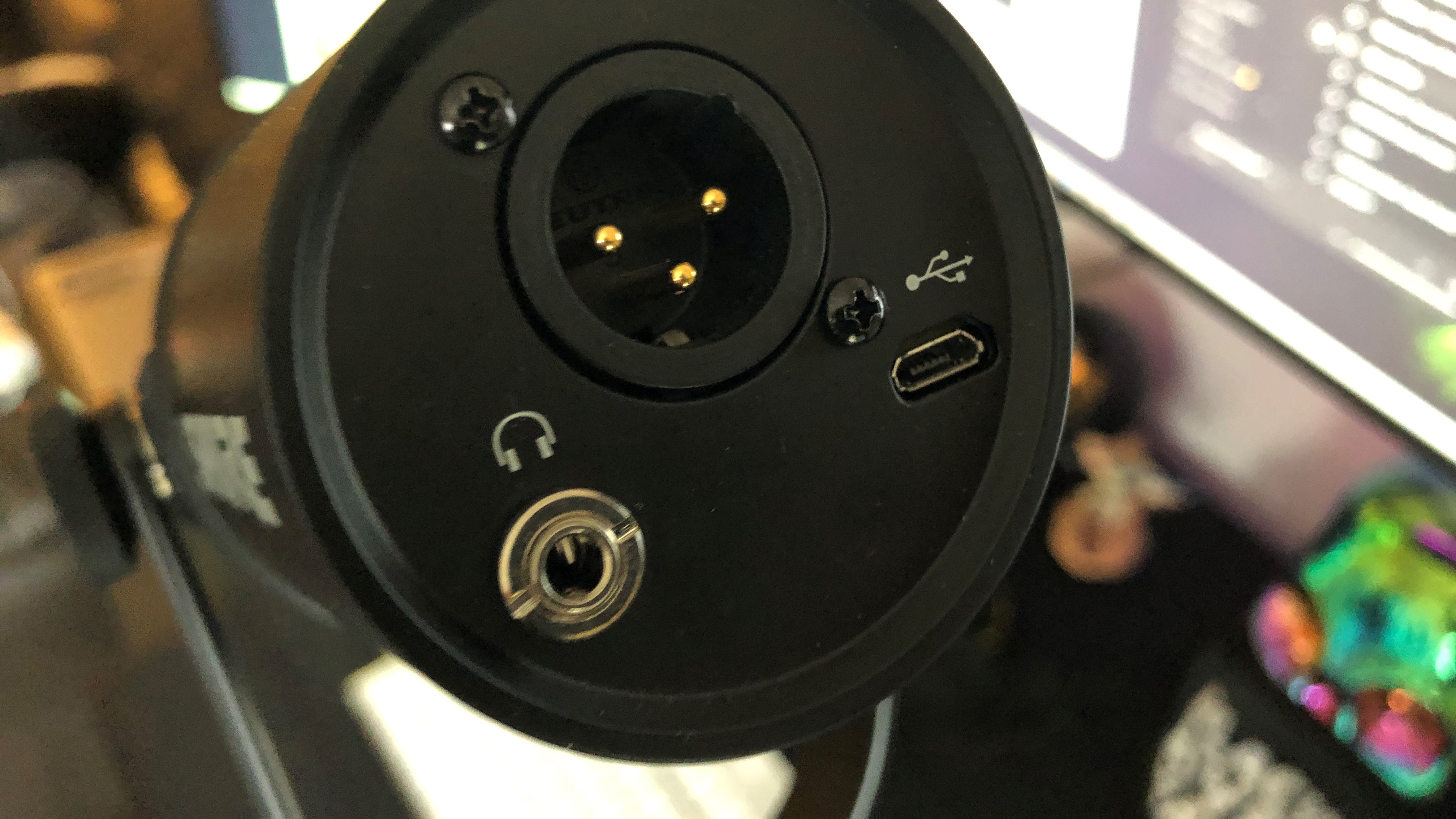
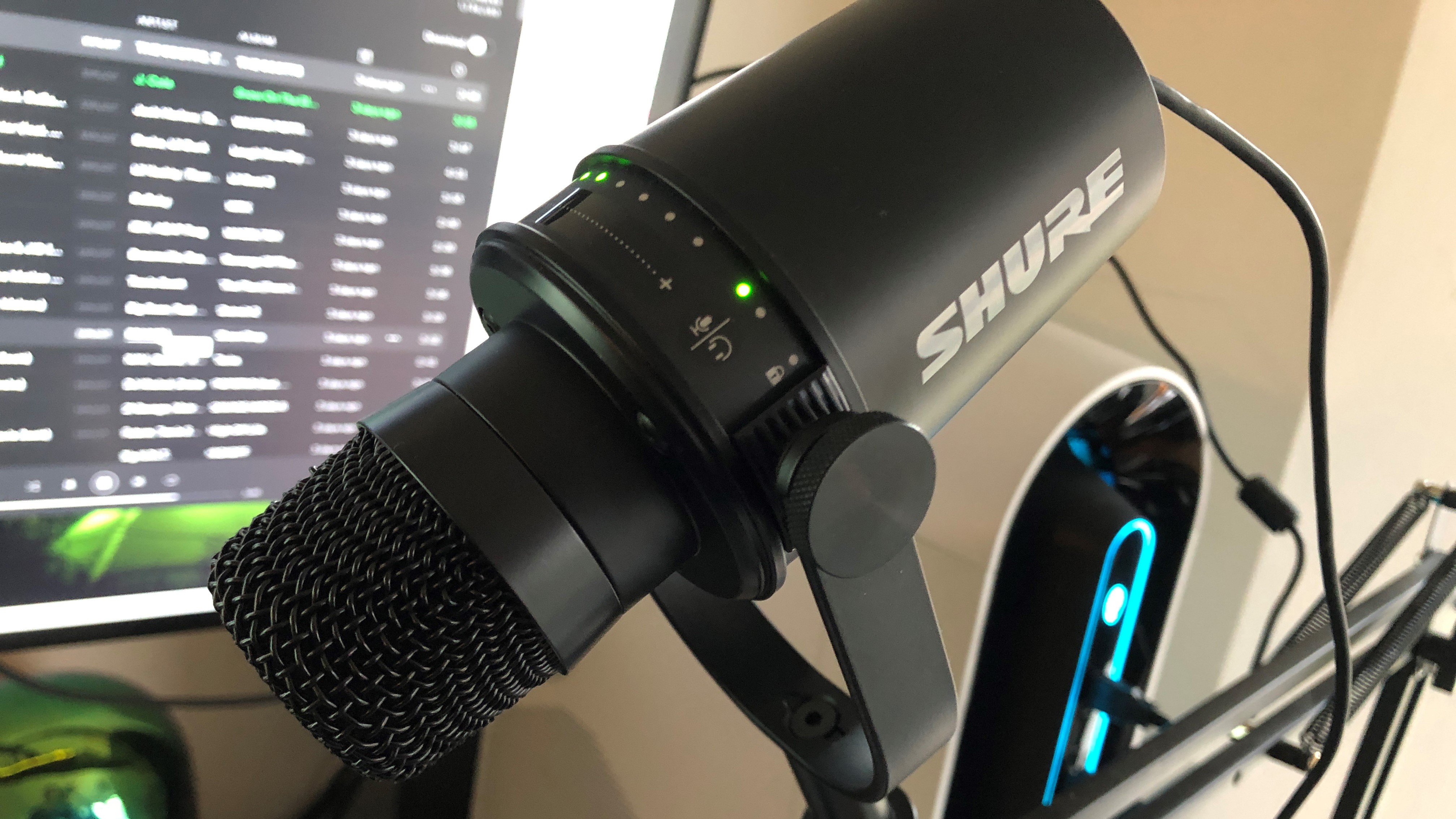
If you're a musician OR wish your voice to auditory sensation the way it's meant to be heard, the MV7 is an abundant recommendation. Fit, if you don't judgement reaching deep into your notecase, that is. There are low-cost mics happening this list, but it is still dead true that if you neediness the go-to-meeting, you will accept to earnings for it.
Shure's first hybrid XLR/USB microphone manages to provide in favour of-mark sound with minimal hardened-up and expertise. Patc it is more expensive than your average bounty mic, its versatility completely justifies the price.
The Shure MV7 is a peachy-audible XLR/USB crossbreed microphone that'll turn over seasoned podcasters and streamers a serious upgrade, especially if you're look for a microphone that'll plug into a USB audio frequency interface with a view to going every XLR down the line.
Read our grumbling Shure MV7 Podcast Microphone review.
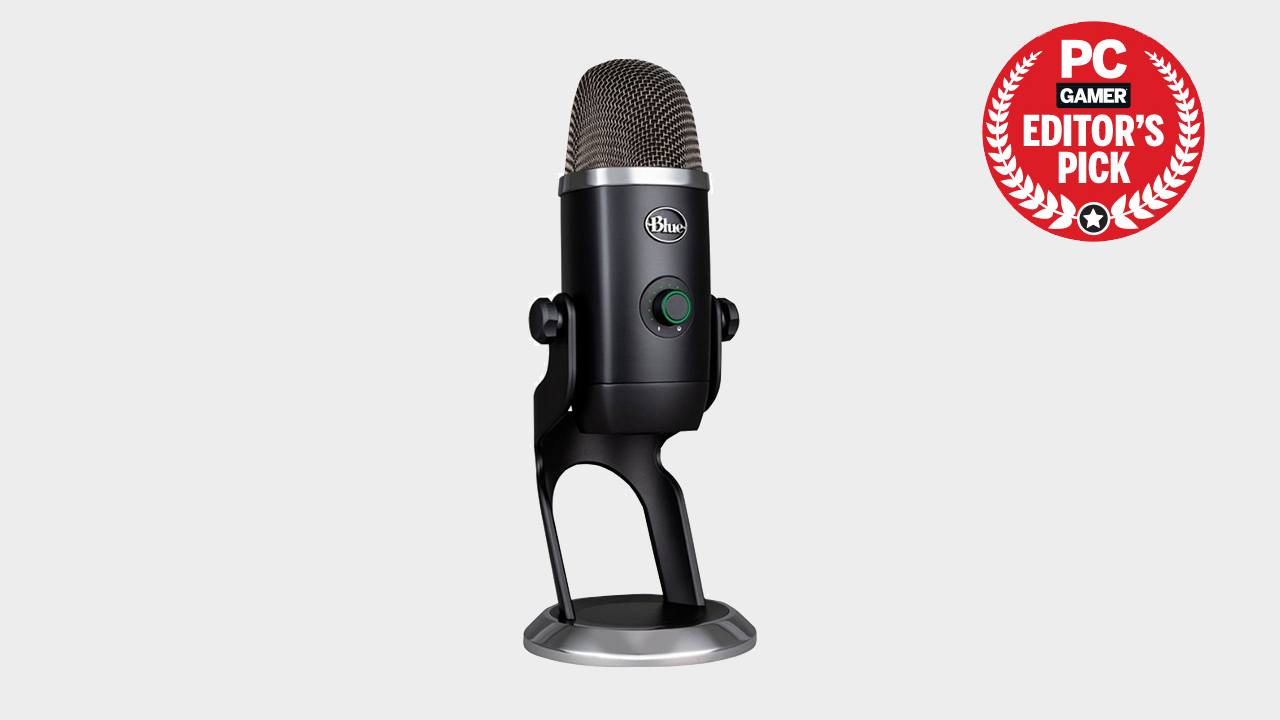
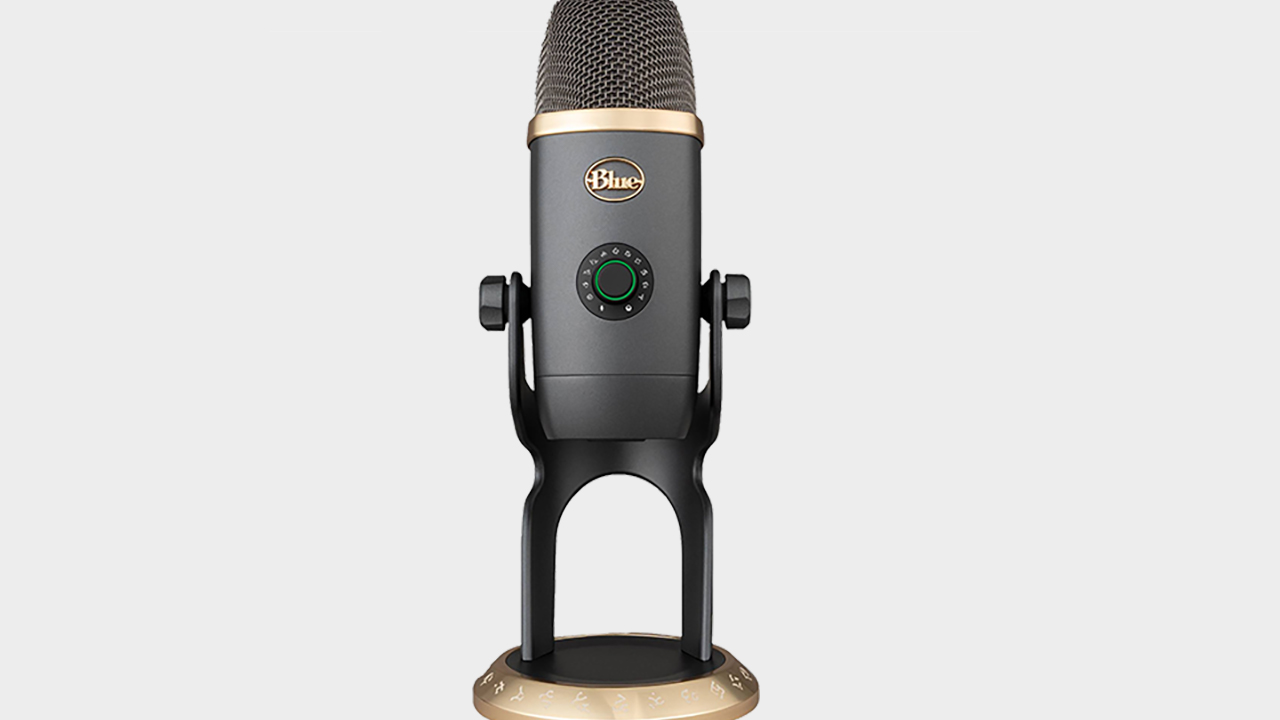
There's a reason Blue microphones tend always to have a place on our list. The Juicy Abominable snowman X is a hybrid model of the Nano and the innovative Yeti, an dental amalgam of the meliorate bits of both. Just as new microphones introduce the space, the Abominable snowman X continues to be a reliable testimonial for anyone looking for a great-sounding mic.
The tough microphone now has an LED-lit front empanel that usefully monitors your volume levels at a glance, and the sound quality remains top-notch. It's clear wherefore this is still the mic of choice of more white-collar podcasters and streamers.
Blue recently released a World of Warcraft Version Yeti X. Information technology offers the Sami features as the Yeti X, except it's rocking a overnice black with gilt trim design along with some neat fantasy glyphs all over the mic. More significantly, it lets you choose to voice to various Warcraft races like gnomes, imps, and of run over, Orcs.
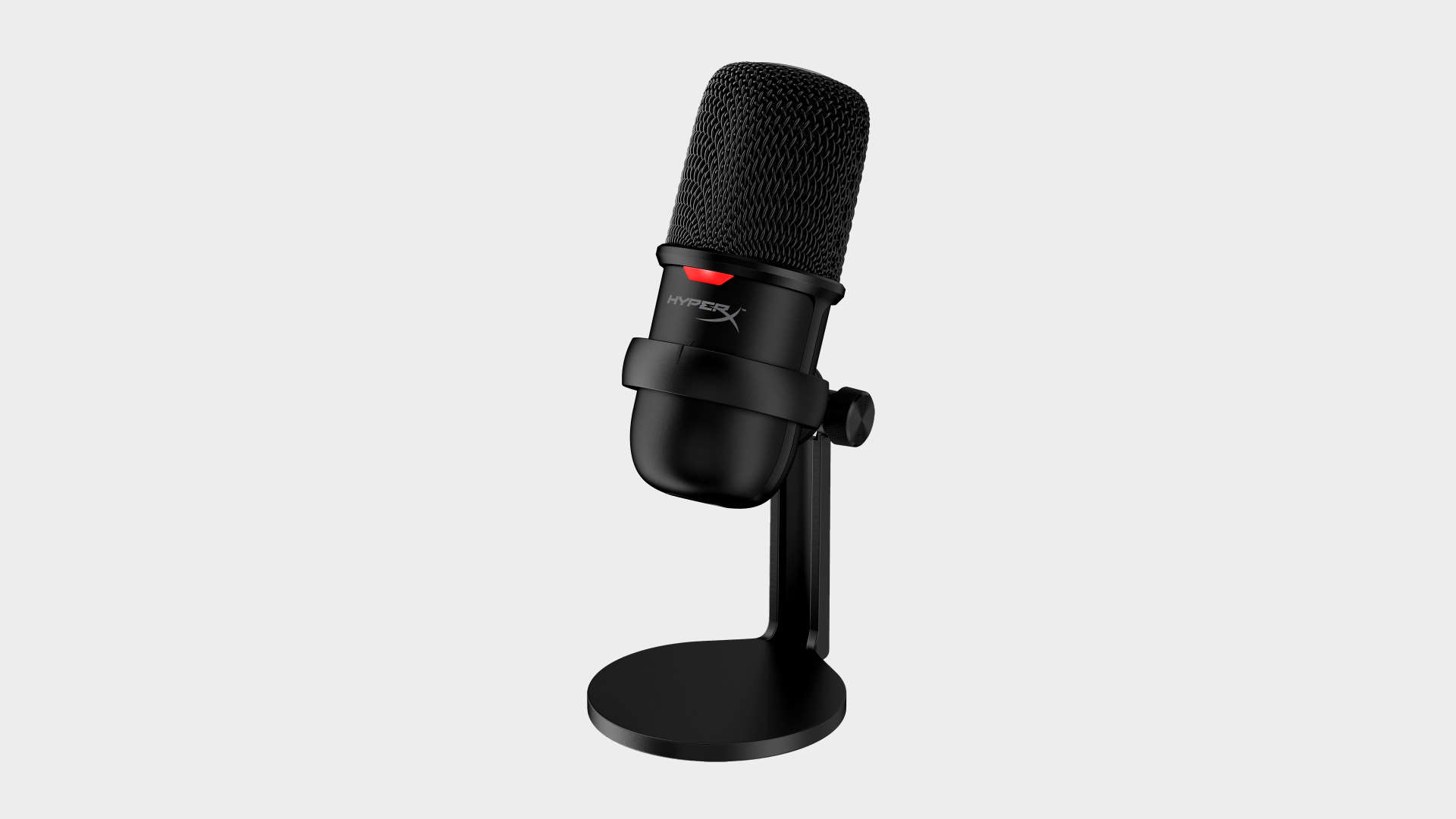
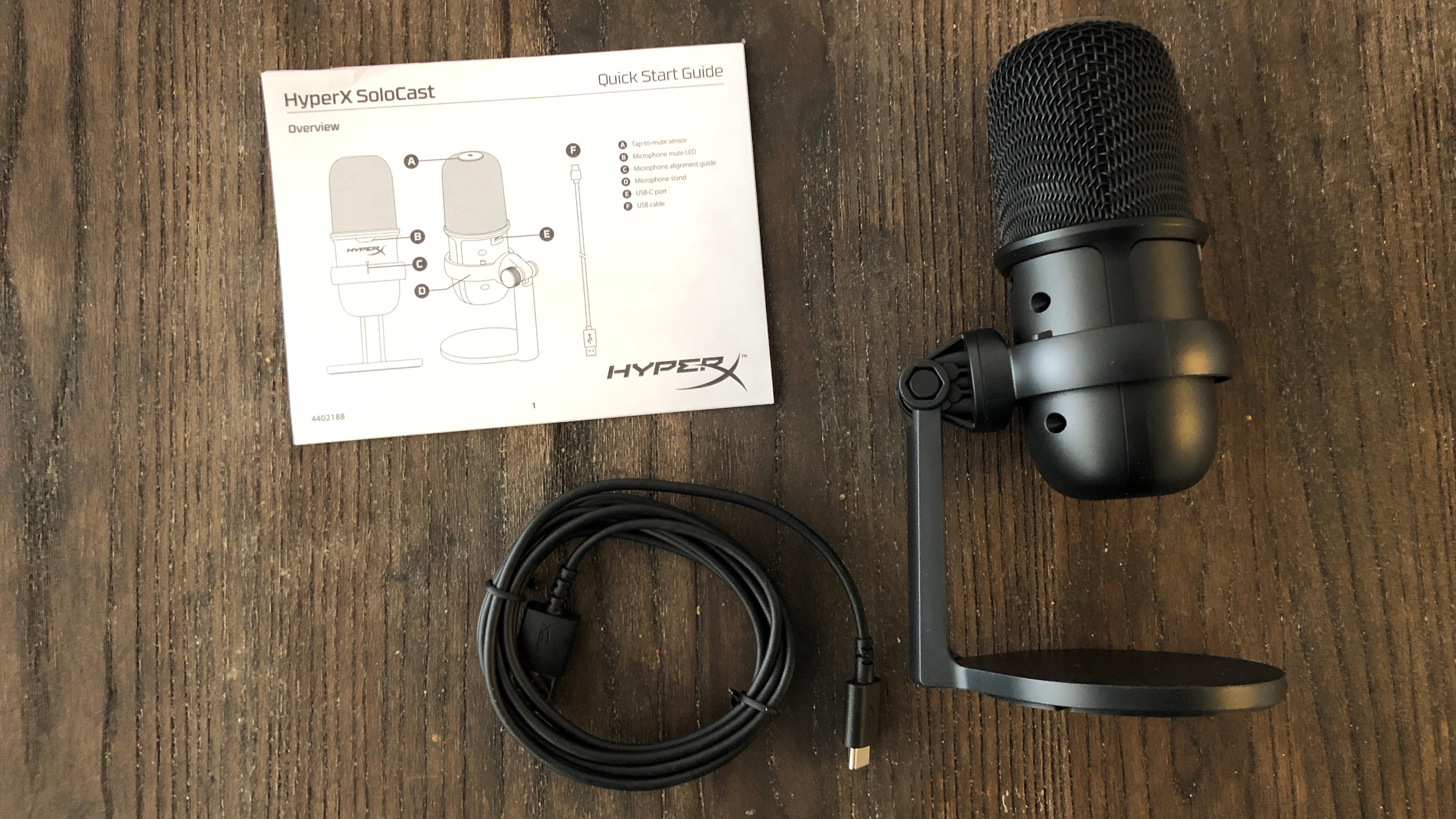
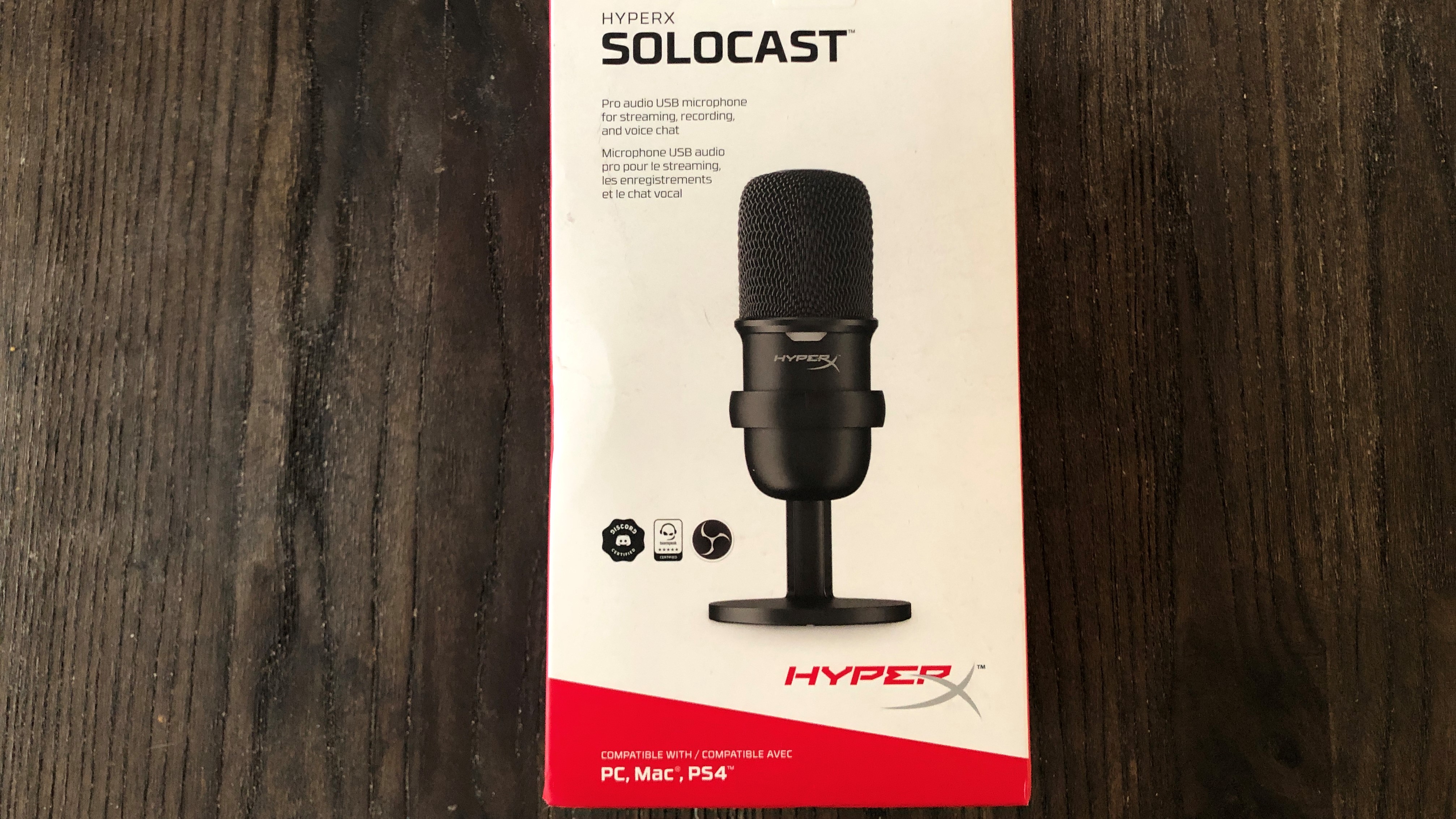
The HyperX SoloCast is the best of a slew of new budget-oriented microphones. This new breed delivers their more costly siblings' audio carrying out, prioritizing the sound over extensive feature film sets for a candidly fantastic price.
With the JLab Audio Speak for GO and Razer Seiren Miniskirt all offering great sound, the HyperX SoloCast stands above the others because it's essentially giving us the audio chops of its pricier QuadCast S compatriot. That's a fantastic microphone in her own right, and we crapper stomach losing the full number of features and range of polar patterns when we want an soft plug-and-play mic.
I mean, you lose the sexy RGB lighting of the QuadCast, which is missed, but they sound almost identical. And if you're just afterward high-quality audio, and don't want to start messing round with gain settings mid-stream, then the SoloCast could beryllium all the mic you need.
Take our full HyperX SoloCast brush up.
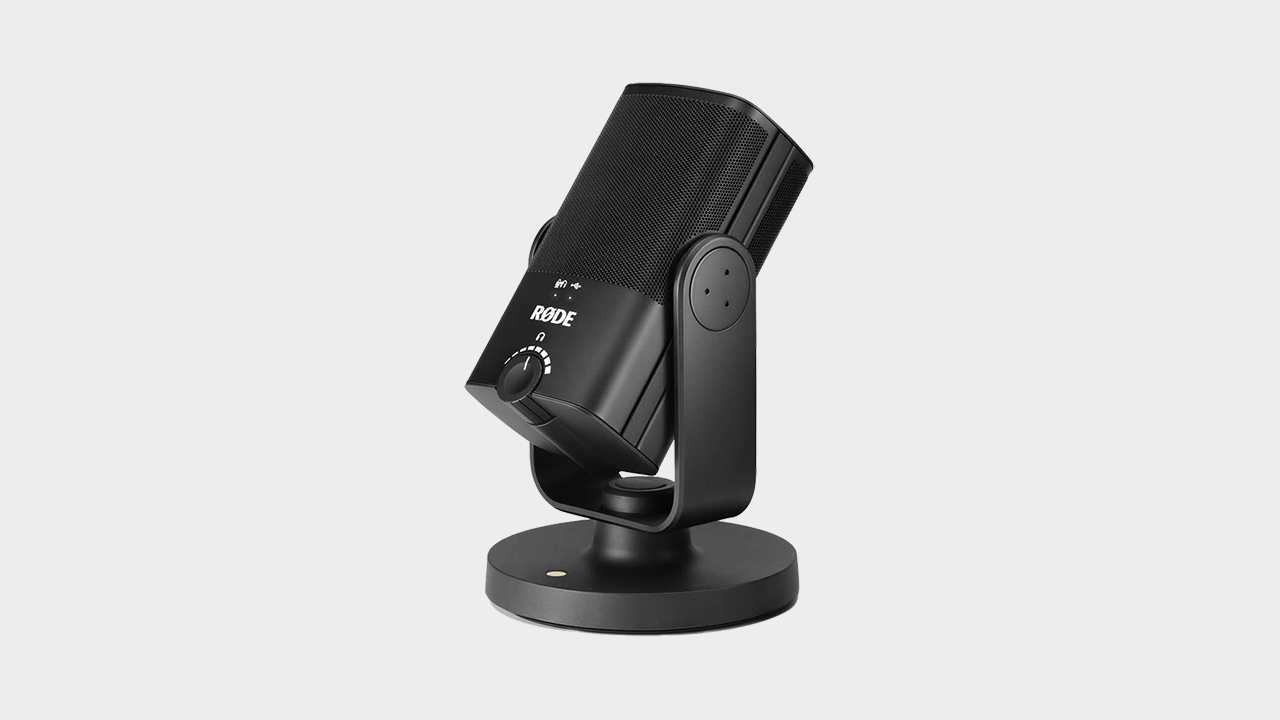
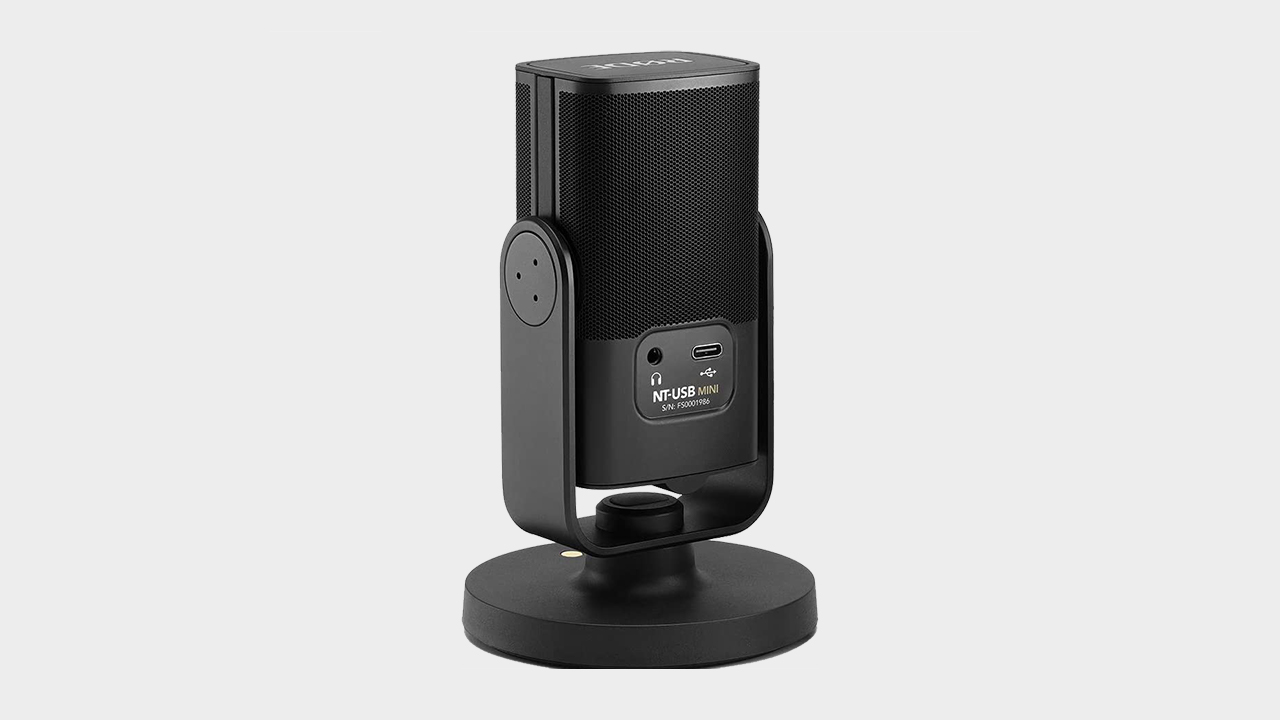
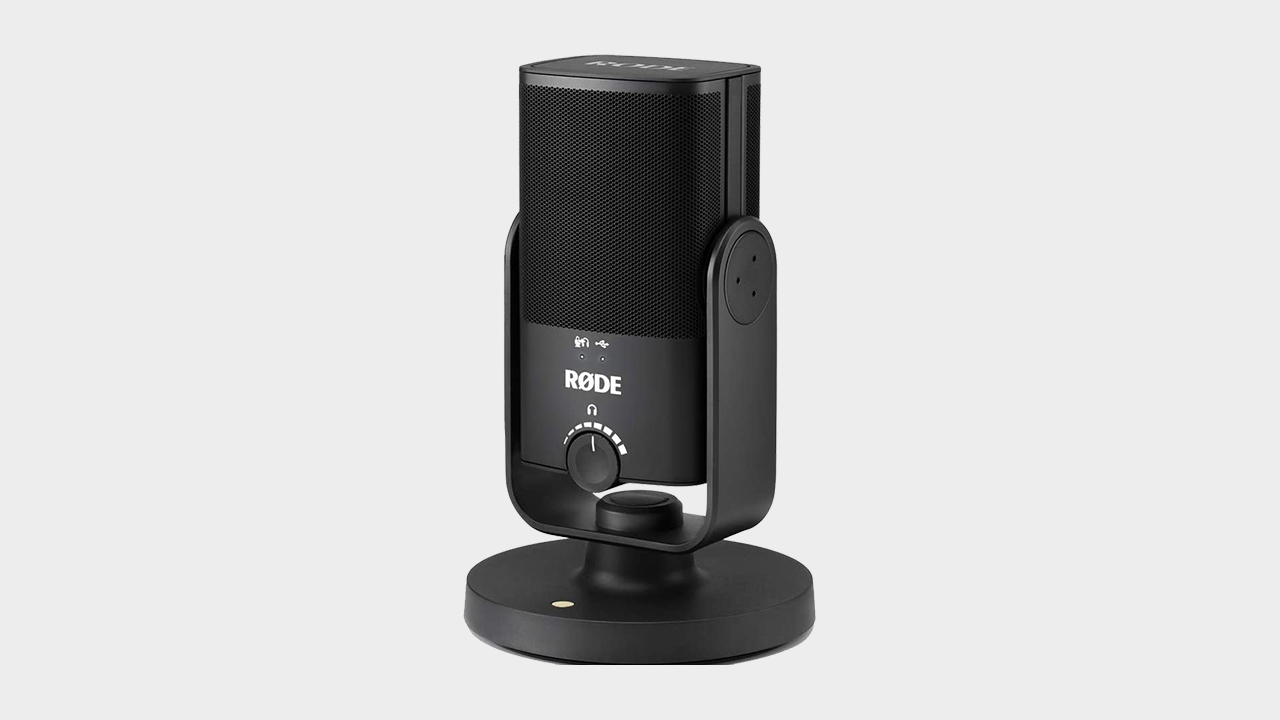
As flyspeck mics go, the Rode NT-USB-Mini is an impressive oblation from Rode. It takes everything we want from a premium mic and shrinks down to something more cheap but still retains the upper side-level sound quality we've resuscitate know from Rode. It's a opaque-sounding mike despite its tendency to piece upward some ground noise. The $100 Rode mike seems a bit undreamed of, but somehow it's a reality.
The Rode NT Mini's digital mixer, Rode Connect, allows for equal to quatern Minis (and only Minis) to embody plugged into a PC. That's great for podcasts, surgery streams featuring treble people, along with being a pretty handy tool for folks who hate dealing with messing with audio settings during a stream.
Translate our full Rode NT-USB Mini review.

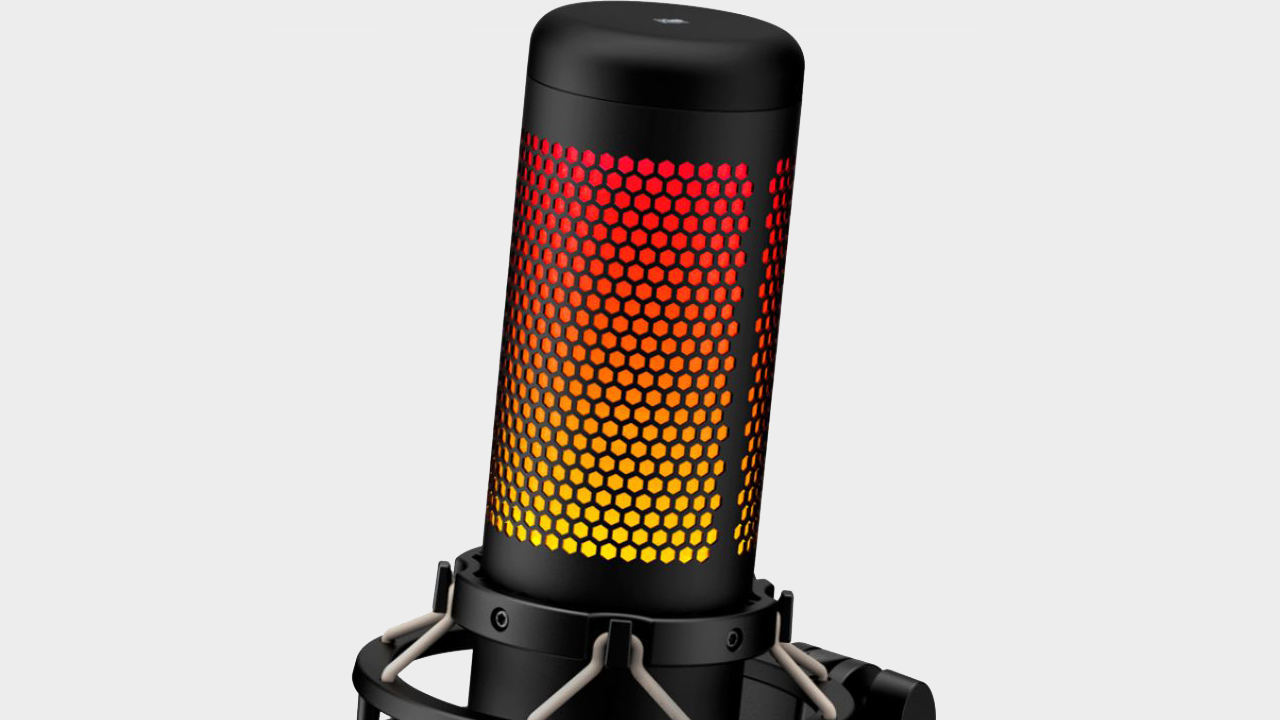
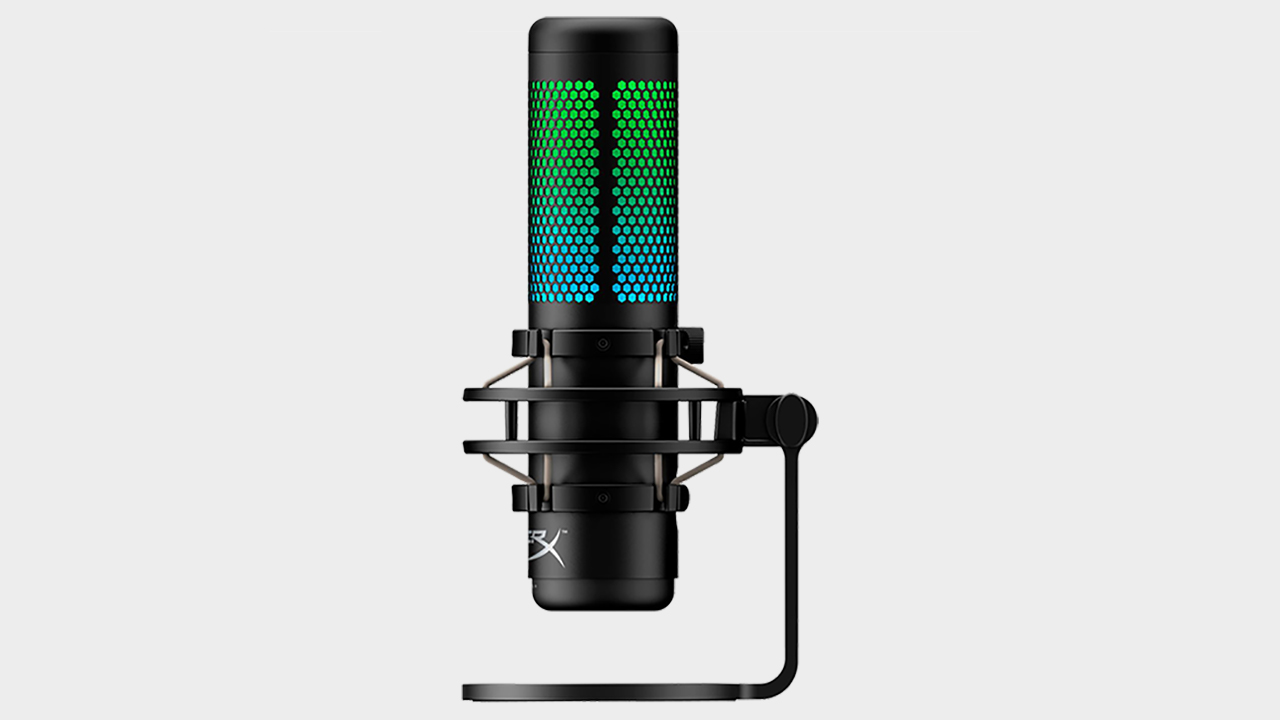

The gamer-central HyperX Quadcast S is an fantabulous microphone for the gamer or banner looking for an uncomplicated-to-use, clear-sounding mic. While it doesn't quite match adequate the Yeti X in terms of sound quality, the Quadcast S makes up for it in design and feature set.
The stir-sensitive mute button at the top of the mike is a good example of this. Frequently, nonspeaking buttons and switches make a loud snap when recording. This doesn't. The Quantcast S hits the sweet smirch of price, effectual, and features if you're looking to add something to your live stream.
The biggest difference between the Quadcast S and last year's Quadcast is that it offers impulsive RGB lighting, so information technology looks like you're speaking into a lava lamp. If you're non an RGB lover, you can save yourself $20 and pick up Quadcast since they are the same microphone sans the light render.
Read our rich HyperX Quadcast S review.
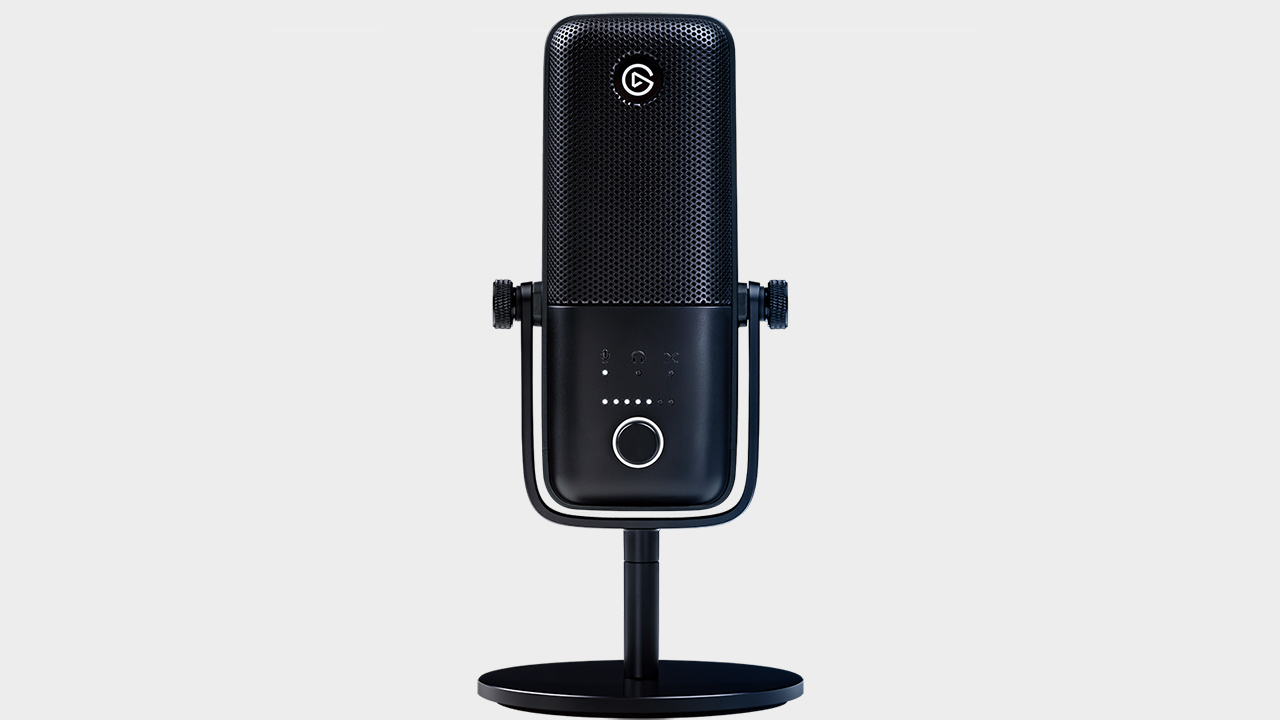
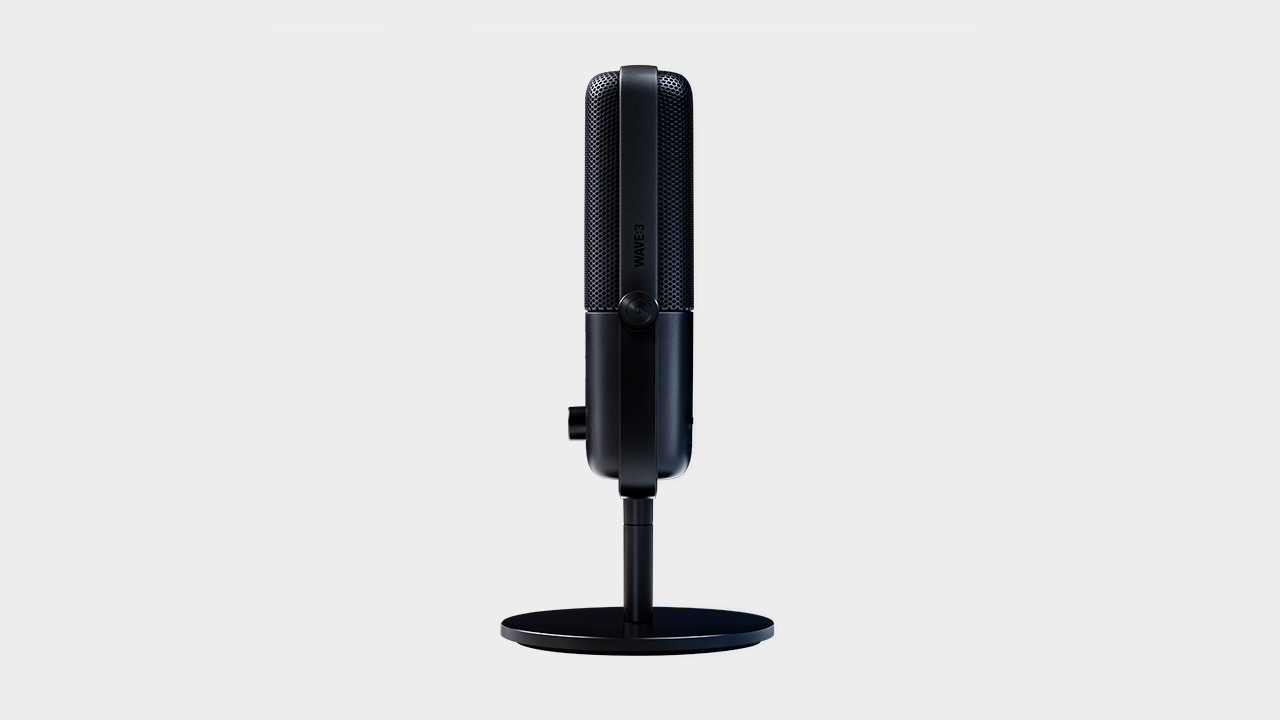

Elgato's debut microphone is aimed at streamers looking to add superior audio to their streams with the minimum of fuss. The Wave 3 is a feature-compact 96kHz microphone that sounds fabulous, is easy to use, and is congruous with most desk thrive blazonry.
The digital sound social supports up to 8 channels of audio and can output to OBS and Xsplit, liberal you more control over your stream's sound without needing to be a deep engineer. The capacitive mute button is a nice touch with Clipguard tech that automatically adjusts your levels from ever hitting red.
The bingle cardioid polar pattern ultimately limits the Wave 3's versatility, merely if you're looking an easy-to-function mike for your next stream, this is a decent alternative.
Read our loaded Elgato Wave 3 review.
Best gaming headset | Best play monitor | Best HDMI cable for gaming
Best computer speakers | Best SSD for gaming | Best Central processing unit for gaming
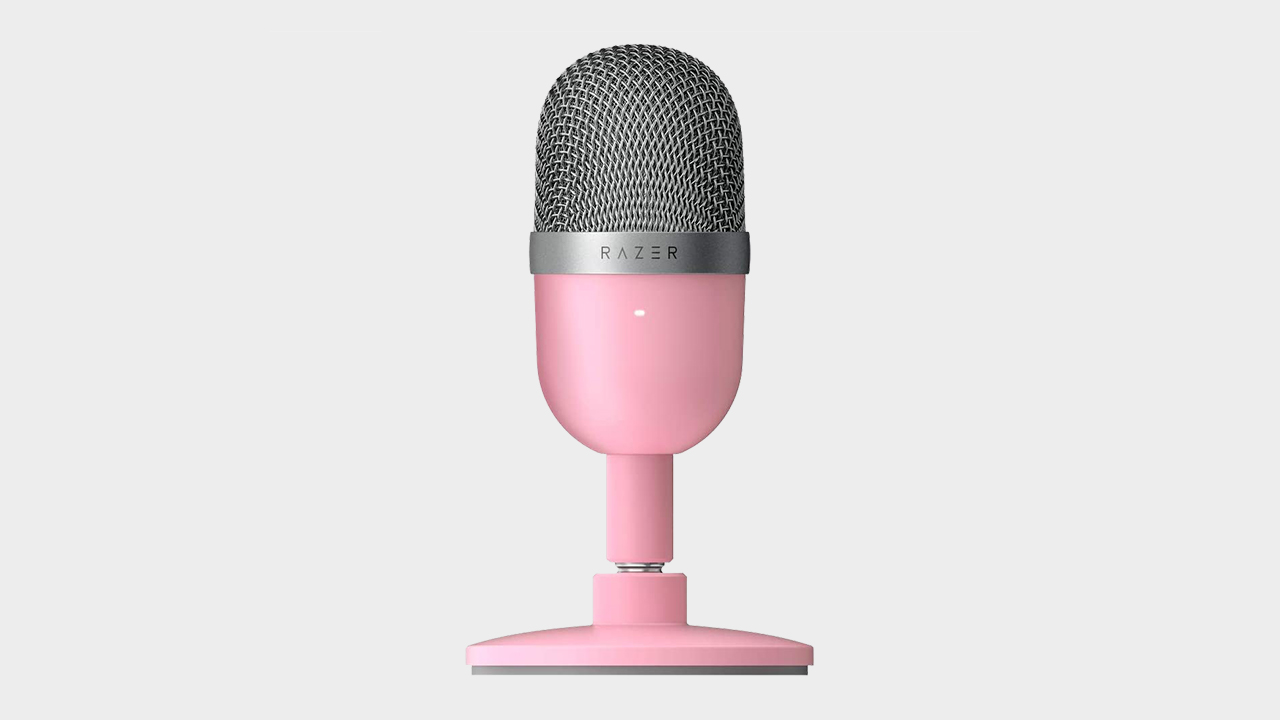
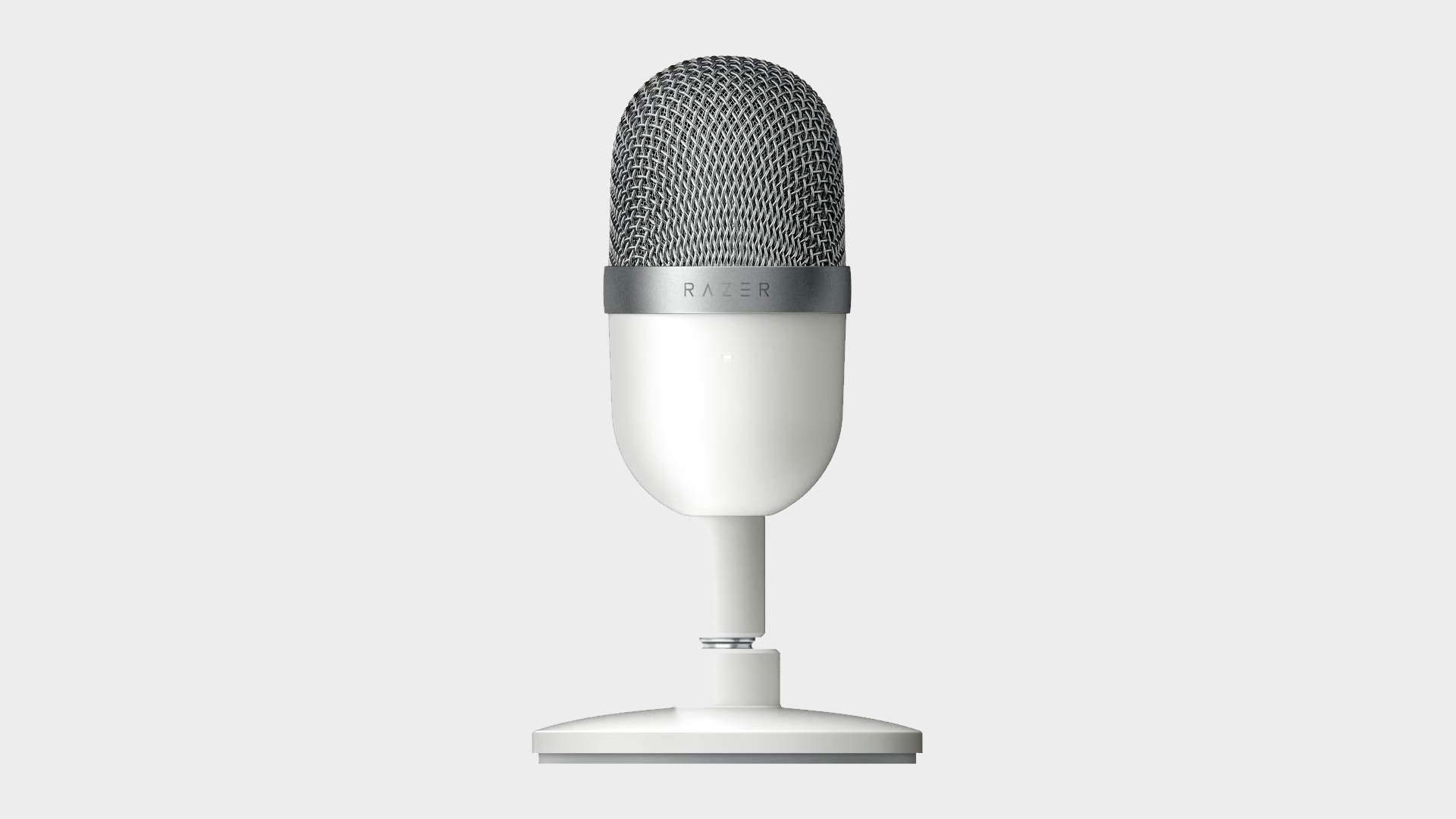

The Razer Seiren Mini is one of those offensively endearing pieces of hardware I immediately want to set happening my desk. Its stylish pill-wrought design and color assortment give the Mini the personality nonexistent in some of our other choices on this lean. And IT sounds corking, to boot.
What the Mini lacks in features, it makes up in damage and sound. Whatever mass won't get over the fact that there's nary mute button, and the proprietary micro-USB is a bit of a pain. Even indeed, the Seiren Miniskirt makes for an excellent starter mic for budding podcasters and streamers.
Read our full Razer Seiren Mini survey.
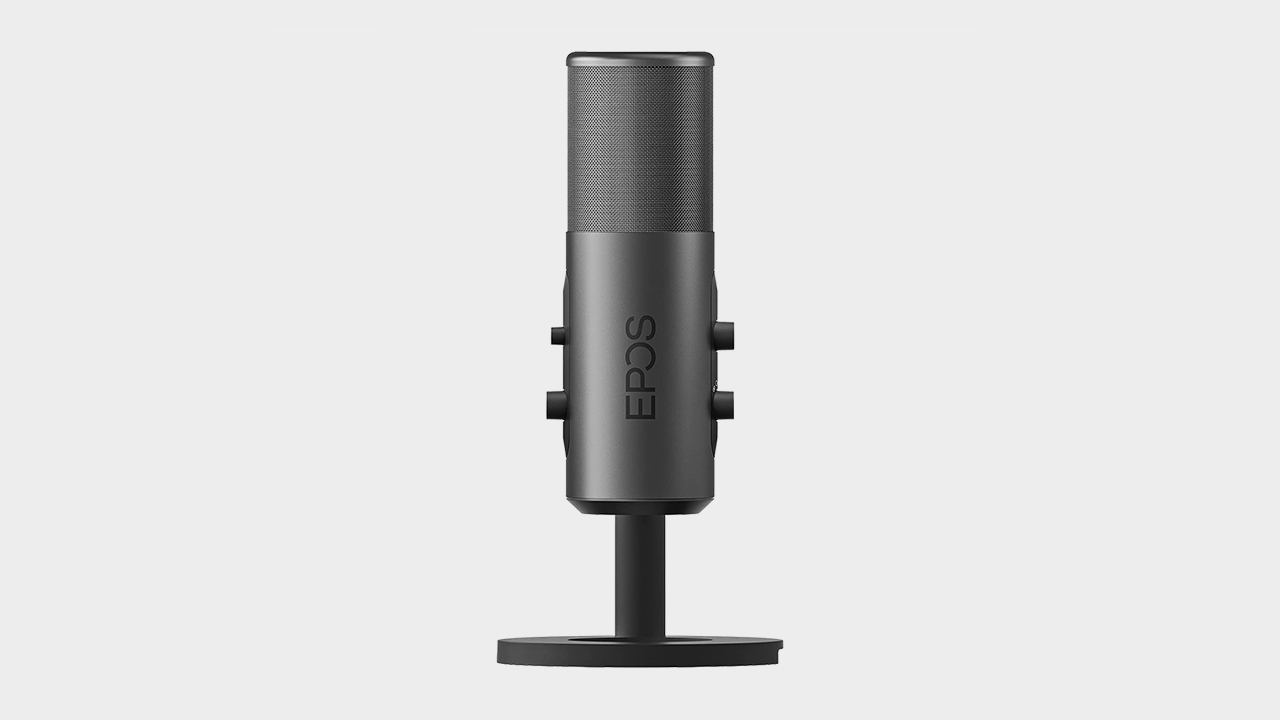
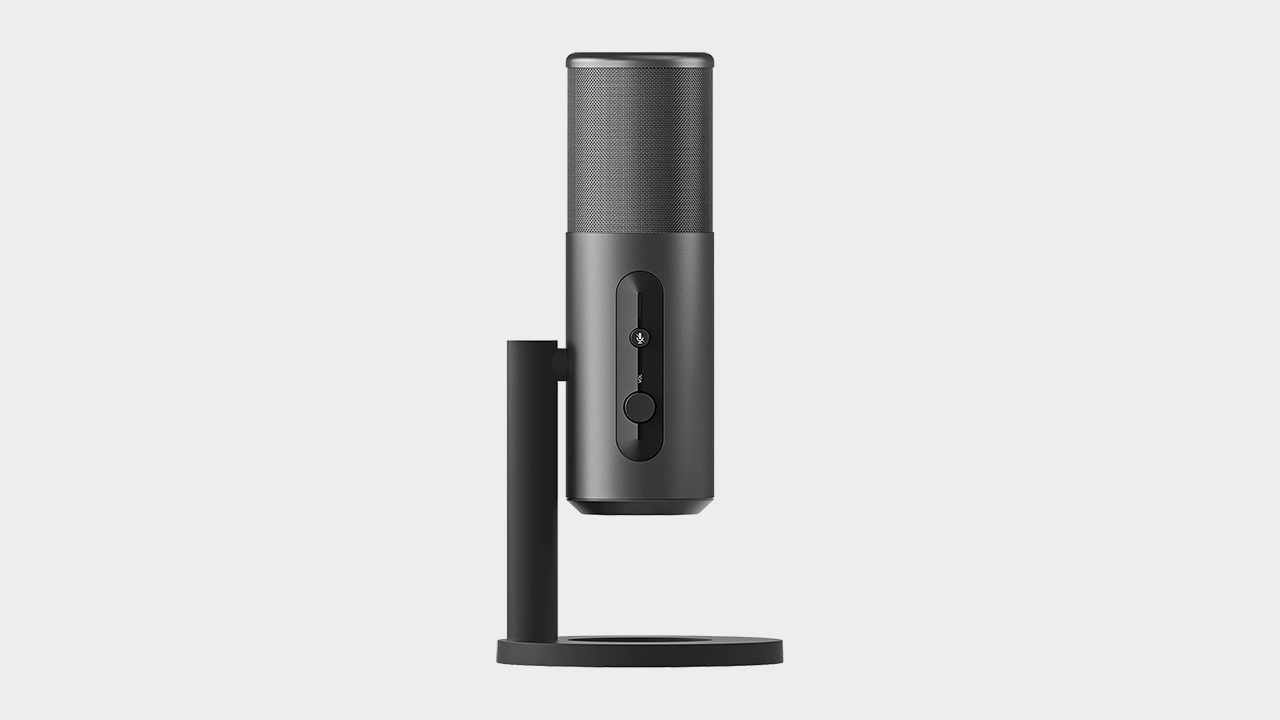
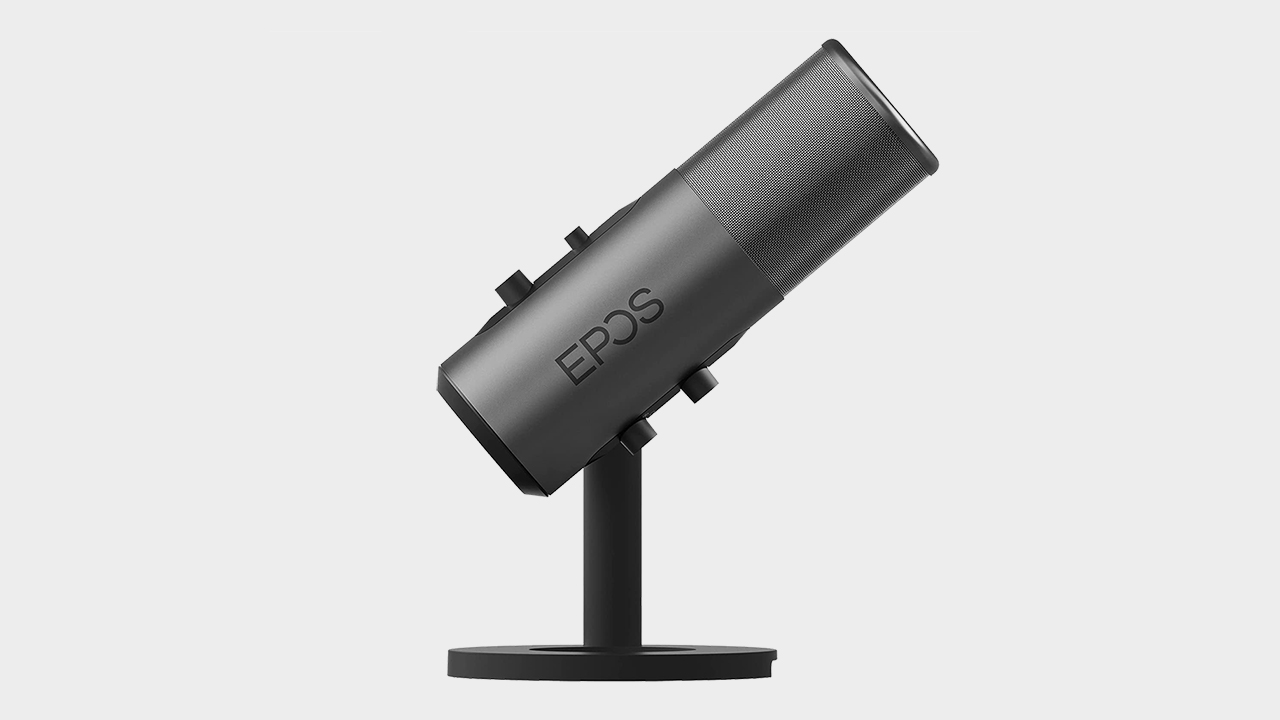
EPOS' stunning moving microphone, the B20, is definitely going for a stylish Silicon Valley exec look rather than a Flip streamer. From the gunmetal finish to the sleek cylinder design, the Heroic poem B20 finds a way to turn heads without being gimcrack.
Just in case you're questioning if the B20 sounds just arsenic good as information technology looks. You'll be happy to know that the sound is right out of the boxful. Honestly, for a $200 mic, I was expecting information technology to do just that. This sport-packed condenser mic gives any mic you plug into it access to the EPOS suite of Equivalent weight settings and surround wakeless. The lone downside is that the mic bandstand International Relations and Security Network't shockproof, so that the vibrations might get picked up during recording.
Take our full Heroic poem B20 review.
Best microphone FAQ
What is a frigid pattern and which set I ask for gaming?
A polar pattern determines how much and from which direction an audio frequency signal will atomic number 4 picked up by a microphone. For gaming, you'll mostly want a pattern that picks up sound directly in forepart of the microphone (you) and non much else from anywhere other (the surroundings).
These are the most average pivotal patterns:
Cardioid: Records in nominal head of the microphone. Perfect for voice-over, vocals, and streaming.
Bidirectional: Captures audio in front end of and in arrears the mic. Abstract for one and only-on-one interviews.
Omnidirectional: Picks up sound from every charge. Faultless for round-table interviews, but not and then much for gaming or streaming.
Stereo: Perfect for ASMR recordings. YouTube 'ASMR' if you want the best illustration because I couldn't have it away fitting justice.
Coiffure I need a boom arm, daze mount, or pop filter?
Everyone's desk and setup requirements are different, so a mic must perform well under a handful of different scenarios. Suppose a mike sounds better than all the rest combined but only when it's on a supported mic outdoor stage with a shock mount positioned precisely sextet inches away from your mouth. In that causa, it's not needfully a reliable option to recommend.
Saying that, however, thither are some valuable bits you might want to pick upbound if you're looking to clear away clutter or habitus a more than professional frame-up.
A boom branch certainly helps accomplish some of those things. These almost always clip onto the side of your desk and are super accessible to retain your mic close to hand while off your desk, saving cherished real estate.
While a pop filter will service reduce plosives, the good of air escaping violently from your mouth and towards the mic, from making their way finished to airwaves to your listeners' inauspicious ear holes. It'll also stop your microphone from getting grungy when you're finished-close and sounding sibilants.
A shock mount is mayhap the to the lowest degree necessity of the lot, leastways for gambling. These keep vibrations from traveling through your microphone stand or boom arm and into the mike, which can come through arsenic rustle, thuds, or other unwanted interference. Certainly a must-have for music studios, unless you are one to gib your way through a equate of Acme Legends, you power be okay without.
What's is a well-behaved sample and bit rate for a microphone?
Sample rate is the number of samples of audio recorded every second. 48kHz is the just about common sample plac you'll see on many microphones, and you shouldn't exist whatever lower than that.
Bit rate is the speed at which a digital and audio file gets encoded. Without trekking also much into audiophile territory, 16 bit and above is considered a good bit rate.
What connexion do I need? XLR or USB?
USB microphones are among the most current for gaming and streaming make out, but you'll sometimes see the more than widely victimised professional connective standard, XLR, make its way into high-end units. Hybrid USB/XLR can offer you the best of some worlds but tend to be more expensive.
USB is the simpler of the two, and if you're looking for plug-and-bring off ease, then it's your best bet. However, that simplicity comes at a cost. It's difficult to memorialize more than incomparable USB mike simultaneously, and monitoring and adjusting the mix will be done digitally.
With the added complexness of XLR comes a great deal of flexibility that you differently wouldn't be able to access without even more complex whole number mixing software on a USB mic. You can fuse, adjust, and monitor an XLR mic before information technology ever touches your PC, and that's a massive boon if you'atomic number 75 looking a more complex setup.
The downside to XLR is that they will require additional equipment to connect to your PC. It is nothing baseless, meet something to interface between the mic and Microcomputer, such as the many devices by that appoint, which often comes with mixture functionality built-in.
How much should I spend along a microphone?
And as PC gamers, we will, of course, forever try to get the best we can for less. IT's promiscuous to get lost in the deep dark woods that are the world of audio and even easier to spend a farcical amount of time and money chasing the Charles Herbert Best possible setup. Just we get into't need studio-prompt equipment, so the terms is essential when looking at how good a particular mic is.
Think about your use case; if you're sole using a microphone to chat with your teammates, chances are, you wear't need a microphone with half a dozen polar patterns and make a podcast studio level of quality. Don't spend money on features you don't need or use. Some $50 or fewer microphones are Thomas More than adequate and great for gambling. We picked out the unsurpassed budget microphones that we have tested this year if you need approximately guidance.
Source: https://www.pcgamer.com/best-microphone-gaming-streaming/
Posted by: billssonst1961.blogspot.com



0 Response to "Best microphone for gaming and streaming in 2022 | PC Gamer - billssonst1961"
Post a Comment